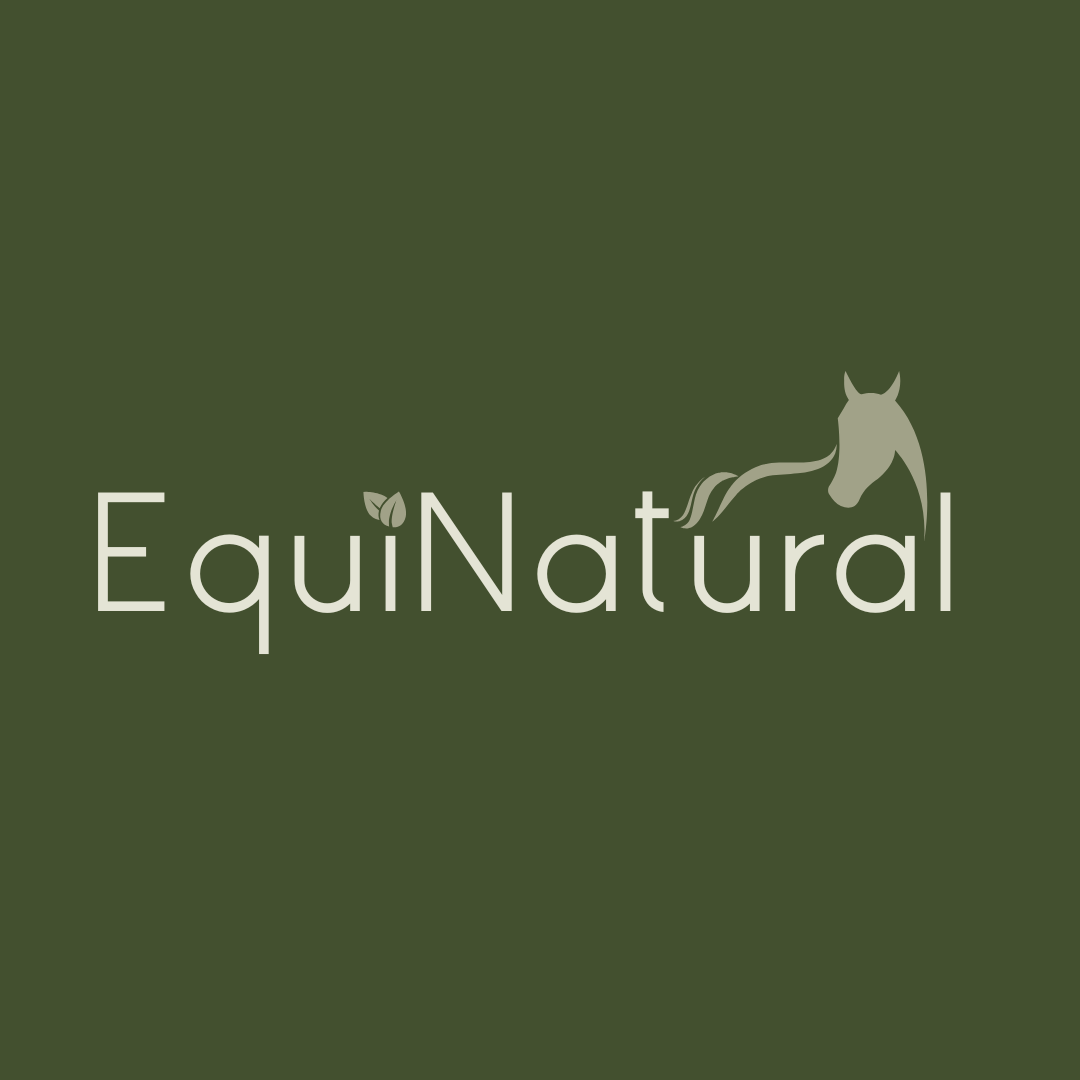Coat Change Time
Updated Sept'24 (Originally published 13.9.22)
Not that I'm wishing to rush the year towards winter, but what a difference a couple of weeks make. There we were a couple of weeks ago melting in a heatwave and droughts everywhere; two weeks on and we've thankfully had the desperately needed heavy rain and - relief all round - cooler temperatures. And ... two of our horses are already showing they've noticed because they're already going through their autumn coat change.
My retired connie, Murf, is no more my sleek, silky, dappled summer boy - he's now sporting a thicker, coarser, coat, oily to the touch. As for 22yo Cookie, our beloved PPID traditional gypsy cob pony, she's been growing her thick winter coat for a few weeks now, which made my heart break for her during the heatwave.
The spring and autumn coat changes are demanding times for our horses, putting their internal systems into overdrive. Specifically, the liverandkidneys - the two main detoxification organs - are under enormous strain as the horse’s protein metabolism is renewed. Old proteins are degraded and biotransformed for excretion, while new proteins are formed, the process of which puts added pressure on firstly the liver, which has to metabolise the protein waste, then on the kidneys which have to excrete all the excess urea generated by this increased protein metabolism.
The autumn coat change is particularly taxing, often coinciding with a shift in forage as grass nutrients start to decline and hay is reintroduced. This adds an additional burden on the liver and kidneys, as well as the lymphatic system, which can become overloaded with protein toxins, which risks the lymph fluid becoming sluggish. This typically presents as lymph pads over the body and a rough looking coat, often accompanied by unexpected itchiness and poor quality hooves. Owners can understandably become confused, thinking their horse is laying down fat, when it’s actually stagnating lymph building up over the body.
To support your horse during this time, consider our LKLCARE, specifically formulated to tonify the liver, kidneys and lymphatics. Also useful is our WildFed blend, either added to the feedbowl or sprinkled over hay, which adds beneficial, prebiotic nutrient diversity to support the hindgut biome, which in turn enhances the hindgut:liver:kidneys pathway.
The winter coat has a clear energy-saving function, giving horses their thick winter protection until the nights begin to warm up again. However, this can be challenging for our older horses, as they tend to hold onto their winter coat for longer as we head into spring. If you’re seeing clear markers for kidney issues, such as poor coat quality, thrush-y hooves or abscesses, or general immunity issues, then this might also a good time to consider a full-body detox.
Our
OptimaCARE programme offers a comprehensive 3-stage protocol; stage-1 addresses hindgut function, stage-2 supports the liver/kidneys, and stage-3 tones both circulatory systems, blood and lymphatics.
Equally, if your horse has chronic, unresolved issues that never seem to clear up, it's worth exploring whether they might be dealing with KPU (Cryptopyrroluria). Check out our KPU page to see if any of the symptoms resonate with your horse's condition.
Sulphur deficiency
Sulphur is essential for keratin formation, which is crucial for new hair growth. Although sulfur deficiency is hard to detect through blood tests, we can visibly see it present in skin, hair and hooves. If your horse is prone to eczema, mud fever, a thinning mane or tail, or they're struggling to grow a decent winter coat or shedding it in spring, this could well be a sign of sulphur deficiency.
As for hooves, issues such as slow growth, weak or soft soles, footiness, or poor hoof capsule structure, are also likely indicators of sulfur deficiency, and all kidney markers. It's now also thought that horses with chronic respiratory also have an undiagnosed sulphur deficiency.
We offer sulphur in the form of MSM (methylsulfonylmethane).
In summary, it’s always a good plan to support liver/kidney function as we hed into autumn and spring, as our horses' vital detoxification organs have to work extra hard when the coat changes. Giving them a little help can make all the difference for their health and vitality.










